Click on a photo to enlarge it; click “Back” to return (and check out our slideshow on YouTube)
Senegal 2011/01
The Centre agroécologique Fajal Sa Suuf was established to teach environmentally responsible techniques to farmers and vegetable gardeners in the coastal region situated about 70-80 km north-east of Dakar. The project aims not only to fight desertification and chemical pollution but also to encourage unemployed young people not to emigrate by demonstrating the economic viability of organic farming and gardening. The NGO Restaure la Terre asked the 1% Fund to finance the construction of the fourth and last building of the Centre, a dual-purpose structure that provides both teaching space and room to store products. Construction was carried out between February and July 2012.
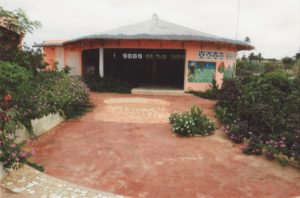
Uganda 2010/01
To improve nutrition and gain a source of income, communities in eastern Uganda have undertaken fish farming.The Foundation for Ugandan Women’s Development (FFUWD) used a grant from the 1% Fund to complete and stock a pond in the Mbale District. By the end of the one-year project, the FFUWD was able to begin harvesting marketable fish (see photo).
Uganda was one of several project countries visited by Thomas Morgan and Maarika Kulmala in 2010. A PowerPoint (pptx) slideshow of their presentation to the January 2011 General Assembly of the 1% for Development Fund can be viewed here.
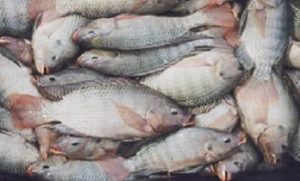
Bangladesh 2008/01
Small fermenters to produce biogas from poultry litter and cow dung are under construction in the area of Magura. Some 21 were already in operation by mid-2009, providing cooking gas, fuel for generators and fertilizer for 105 families. Environmental degradation due to deforestation and the accumulation of untreated animal waste has been correspondingly reduced.
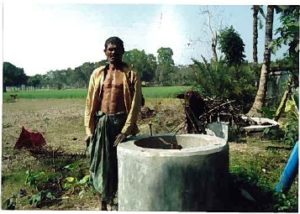
Congo, Democratic Republic 2008/01
In the town of Gungu, the Swiss-based association TEMO, with a contribution from 1% for Development, has worked with a local association to build a kindergarten and elementary school (three classrooms and a teachers’ office) on land provided by local authorities. Each step in construction can be seen in a slide-show on TEMO’s own website.

Mali 2008/01
Wassa is a nutritious flour made of millet, beans and peanuts. In a project managed by RESO-Femmes (http://www.reso-femmes.org/), the 1% for Development Fund has helped a cooperative equip itself to prepare and package the product.
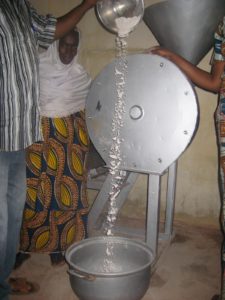
Haiti 2007/01
The budget of the teachers’ training institute at Liancourt will be relieved by the installation of solar panels to reduce the use of generators that are both unreliable and hungry for expensive fuel. This source of electricity offers new possibilities in information technology and communication, both for the students and for the larger community.
(Visitors with high-speed Internet connections and knowledge of French can watch a documentary on the institute by clicking this link.)
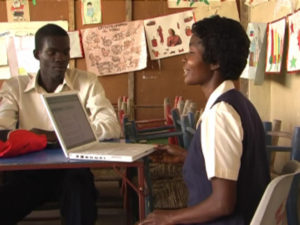
Philippines 2006/01
SEED, a non-governmental organisation (NGO) in Greater Manila, working with French NGO Entrepreneurs du Monde, established three agencies in a poor neighbourhood to provide savings and credit facilities to self-employed persons whose rejection by established banks left them prey to money-lenders. The 1% for Development Fund contributed money for a revolving credit fund that served 320 borrowers in its first year of operation. In the same period, the agencies took in savings from 1,170 patrons.
The tailor in the first photo to the left set up his business with a loan equivalent to EUR 66. By the end of 1%’s engagement, he had acquired several machines and was employing three dressmakers part-time. The second photo shows part of the recycling enterprise started by another beneficiary of a similar loan. After 14 months and two more borrowing cycles, the entrepreneur was employing four people and paying into a savings account as well as reimbursing his latest loan.
SEED has continued to grow, with the number of micro-entrepreneurs served passing 4,000 in 2010 and four agencies in operation.
